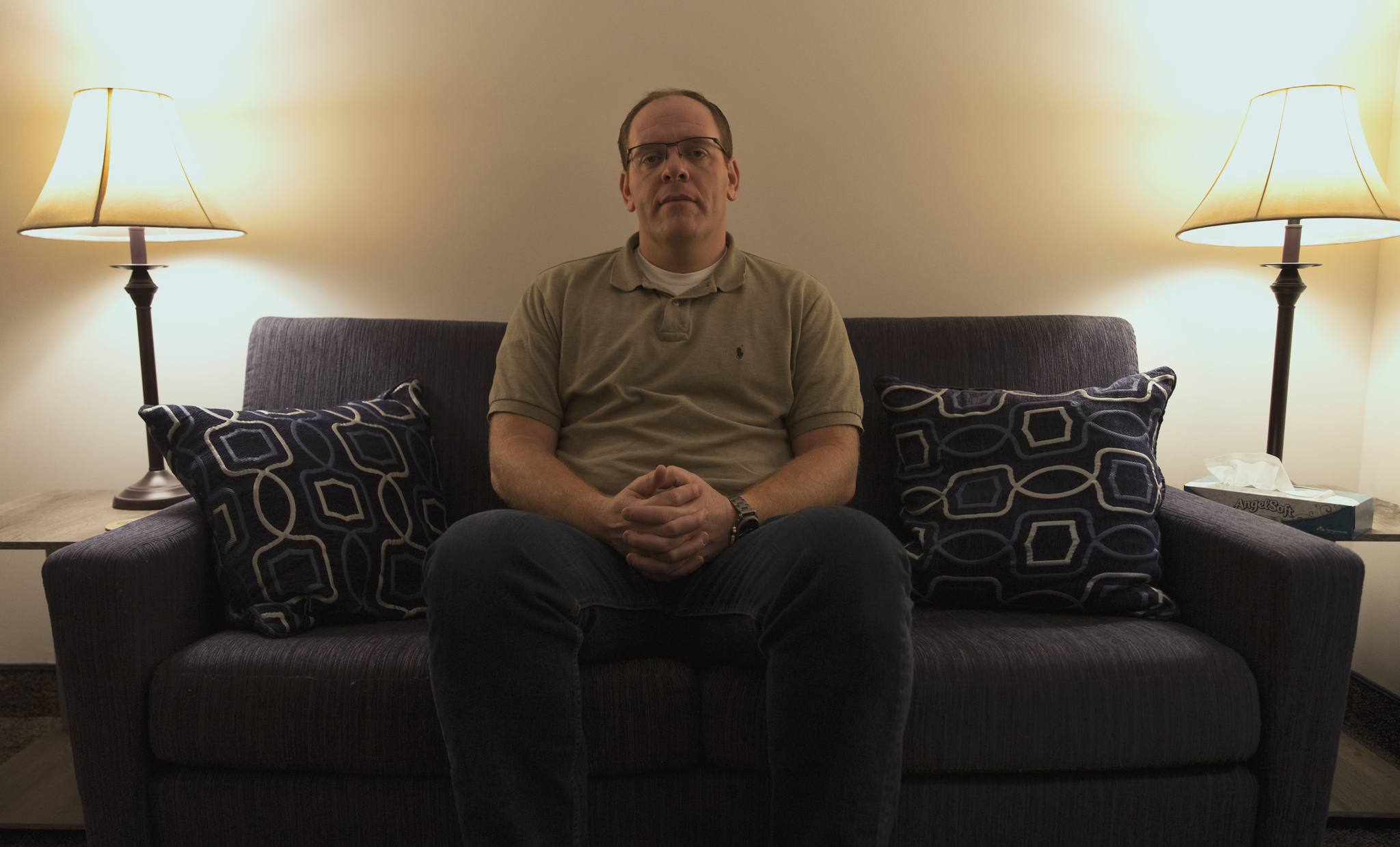
BYU students and faculty have been talking about the importance of mental health and looking for ways to help those in need since the suicide of a BYU student on campus last December.
“People want to know what to do (in a crisis),” said Klint Hobbs, an assistant clinical professor with BYU Counseling and Psychological Services (CAPS).
Hobbs is a certified trainer of the nationally-recognized suicide prevention training program QPR, which encourages participants to “question, persuade, refer.” BYU has used QPR for many years, but the campus- and community-wide demand for trainings has increased significantly since a student took her own life in the Tanner Building last December.
CAPS administrators are working to make sure as many people as possible receive this potentially life-saving training. Hobbs and other certified QPR trainers on campus have trained more than 800 people since January. Those trained include administrators, faculty, students and community members. Hobbs said CAPS holds three or four general QPR trainings every semester that everyone is invited to attend.
QPR does not teach people to provide counseling or other professional services. Rather, it is an emotional crisis intervention technique that Hobbs compared to cardiopulmonary resuscitation, or CPR.
“If somebody was in a crisis, you would provide lifesaving treatment and then you would get them to somebody else who would continue that care,” he said.
According to the QPR method, the best way to provide help for someone in crisis is to start by asking the person if they are considering suicide. Hobbs said the most effective way to approach the topic is directly and openly.
“I think that’s the biggest mistake people make,” Hobbs said. “They feel like, ‘If I ask someone about suicide, they’re going to be irritated or offended, or it’s going to make it weird.’ In reality, if you see somebody who is obviously suffering to the point where you feel like you might need to talk to them about suicide, they’re not going to be angry at you for talking about it,” he said. “Overwhelmingly, people who are considering suicide want help.”
The next steps in the QPR process are to persuade the person considering suicide to stay alive long enough to seek help, then to refer them to the best available resources. The best action is to accompany the person to a counseling center or crisis response service.
BYU CAPS offers a variety of counseling and crisis resources on campus, including individual therapy, specialized therapy groups, a Stress Management and Biofeedback Services lab, day-of crisis response and an online mental health module called Silvercloud.
More than 300 students utilized the walk-in service in the weeks following the suicide, according to CAPS Director Steve Smith.
“It was such a sad, sad thing that happened,” Smith said. “It still makes me tearful when I think about it.”
Smith, along with clinical director Kara Cattani and other faculty, spent two weeks in the Tanner Building after the suicide, meeting with students and making therapy dogs available for those affected by the tragedy. Since then, the team at CAPS has been making a “big push” in the area of prevention outreach, as Smith mentioned in a recent Q&A with BYU Magazine.
In addition to suicide prevention, Smith said CAPS offers “outreach to wards and stakes … academic classes, departments, and colleges on just about any mental health topic: depression, anxiety, perfectionism, relationship issues, pornography, etc.”
They also offer training for faculty and staff for helping those with mental health issues as well as other issues particular to this generation of students.
Smith said these are all preventative techniques.
“If we help a faculty member, for example, understand how to work with a student in their office and resolve less difficult problems, then they might not need to come to counseling,” he said.
BYU’s efforts mirror a state-wide focus on suicide prevention. The Governor’s Suicide Prevention Fund recently awarded $247,500 in grants to nine local mental health organizations, including organizations focused on specific at-risk groups such as veterans and the LGBTQ and Navajo communities.
According to Hobbs, this increased awareness of mental and emotional health can help end the stigma that deters some people from seeking help. Hobbs said conversation is key and encouraged people to be “willing and open and vulnerable to talk about times that we struggle, even if it wasn’t with suicide.”
He said BYU students tend to compare themselves to one another, which can cause feelings of isolation for those who struggle and make them feel as if they are the only ones who aren’t doing well.
“Our students are really perfectionistic as a group,” Smith added. “Being able to learn how to fail gracefully, learning to not put so much pressure on themselves to succeed, and learning how to be more self-compassionate — those are some really important things to do.”
The number one mental health concern seen at BYU CAPS is depression, Hobbs said, followed closely by anxiety. He encouraged those struggling with suicidal thoughts or other mental health concerns to seek help.
“There is definitely help available,” he said. “I think what I would say (to those struggling) is, ‘You’re not alone.'”
Smith emphasized the importance of creating a safe and inclusive campus community.
“Mental health and wellness need to be everybody’s concern,” he said.
BYU CAPS is located at 1500 WSC. If you or someone you know is considering suicide, you can call the National Suicide Prevention Hotline at 1-800-273-TALK or text the Crisis Text Line at 741741. For information on upcoming QPR trainings, email .




